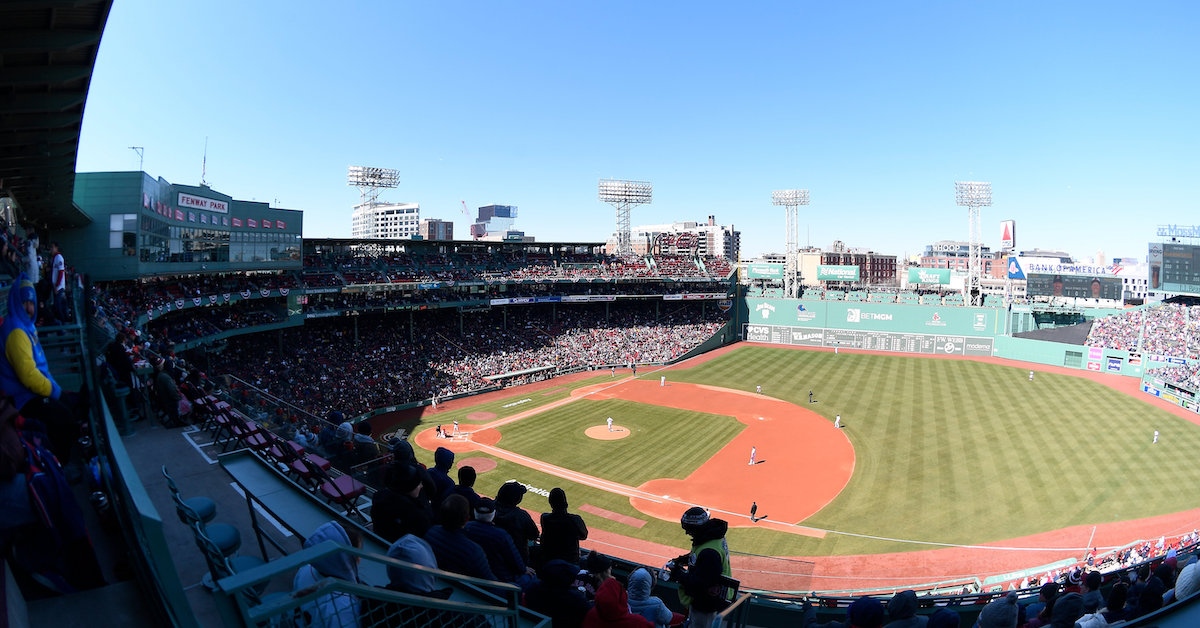Sunday Notes: Trevor May Has Favorite Miggy Moments
Trevor May is a Miguel Cabrera fan. Moreover, he has some favorite Miggy moments. I learned as much when I caught up to the always-engaging 33-year-old right-hander on the Sunday leading into the All-Star break.
“I got my first jersey from another player in our last series,” said May, who broke into the big leagues with the Minnesota Twins in 2014 and now plays for the Oakland Athletics. “We were in Detroit and I got a Miggy Cabrera jersey signed. I’m not a huge memorabilia guy, but he was my first, ‘Oh wow, I’m in The Show.’ It was like, ‘That’s Miguel Cabrera in the box!’ He’s one of the greatest of this generation.”
Nine years later, both players are nearing the end of the line. Cabrera, whose career has him Cooperstown-bound, is set to retire after this season. May, whose accomplishments have been far more humble, faces an uncertain near-term future. He has a 5.32 ERA in the current campaign, as well as a career-low 17.0% K rate.
May’s post-playing-days future is media-focused, and he’s already begun establishing himself in that realm. The Longview, Washington native has been an active podcaster and streamer — gaming is a noteworthy interest, Pat McAfee a notable influence — and just this past week he was part of MLBNetwork Radio’s All-Star Game coverage. His newly-signed jersey is ticketed for his home studio. As May explained, “the background has been kind of sparse, and I wanted to make sure that baseball has a spot there, along with all the nerdy stuff I’m into, whenever I’m in front of the camera.”
May has pitched in front of ballpark cameras many times, and while that includes more than two dozen appearances against the Detroit Tigers, a few of his Miggy moments likely weren’t captured. Even if they were, they went unnoticed by the vast majority of viewers. Read the rest of this entry »






